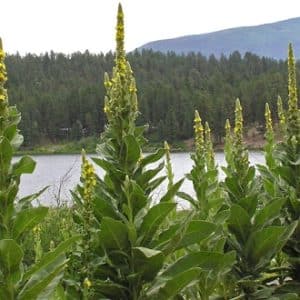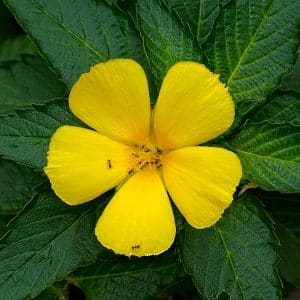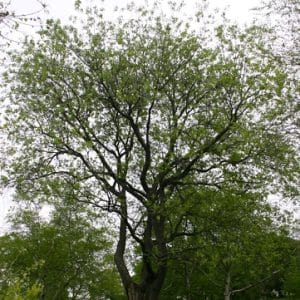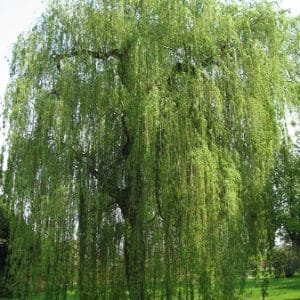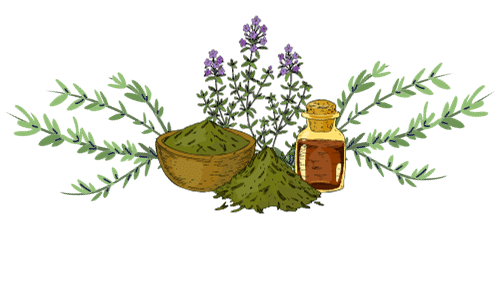$8.53 – $18.26
The plant has long been recognized as possessing antibiotic properties; and, until the turn of the 20th century, people were still pulverizing the leaves and, along with a pinch of salt, using the herb on rat-bites and other potentially dangerous wounds. An old Roman remedy used it for boils.
The plant is indigenous to the Mediterranean region and western Asia; but it now grows worldwide, especially in India, Afghanistan, Iran, Israel, northern Africa, Spain, and Canary Islands. The plant is cultivated mainly in India and neighbouring countries, Spain, central Europe, Cuba, Arizona, and Southern Brazil. To many areas, it is considered a weed. The herb is an annual that grows to about sixteen inches in height, producing narrow leaves and clusters of tiny whitish-brown flowers.
The Anglo-Saxons considered it an important healing herb.
Of the species growing wild in Mexico and the southwestern US, several are native, while others are escapees from gardens. These garden plants were brought to Mexico from Chile, Argentina, and Peru by the Spanish.
Pliny suggested that, if several pieces of flesh were put in a pot with plantain, it would join them back together again.
The seeds been used as a laxative for thousands of years in Europe, North Africa, and Asia. Given their small size and colour, the husks and seeds have often been mistaken for fleas and hence their nickname of fleaseed.
Psyllium seeds were considered a high-fiber food that was part of the Aztec diet, and still used today by many people.
The Pennsylvania Dutch extracted juice to soothe tired and abused feet, treat insect bites, and lessen the pain of hemorrhoids. They also found that the seeds were effective in ridding intestinal worms.
In North Carolina, the plant was placed on the wrist of a feverish person; and, when it turned brown from the heat of the body, the person would be cured.
The gypsies of Eastern Europe had an effective hemorrhoid cream recipe that included plantain, ground ivy, and lard, which were boiled and the ingredients pressed to obtain all of the plants powerful substances. Once cooled, the cream was liberally applied to the area. The Maoris of New Zealand treated the same area by placing the plant in a steaming pot of water and hanging the affected part over the pot.
Gerard advocated using an infusion as a wash for sore throats, gums, or privy parts of man or woman. He was likely referring to the high rates of venereal disease common at the time. The plant is still used on herpes sores.
In ancient times, the plant had a prominent place in many herbals. Dioscorides and Pliny recommended it for such things as malignant tumors, ulcers, bronchial disorders, fevers, infected wounds, bites, and pustulous inflammations.
The plant has long been recognized as possessing antibiotic properties; and, until the turn of the 20th century, people were still pulverizing the leaves and, along with a pinch of salt, using the herb on rat-bites and other potentially dangerous wounds. An old Roman remedy used it for boils.
